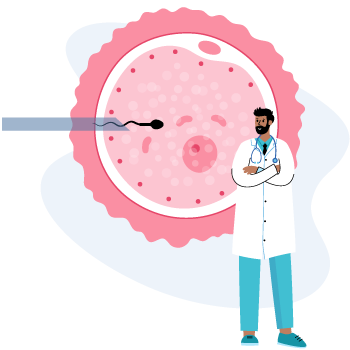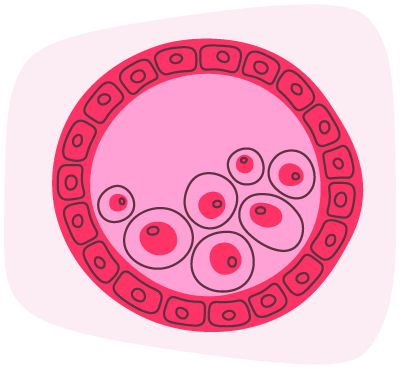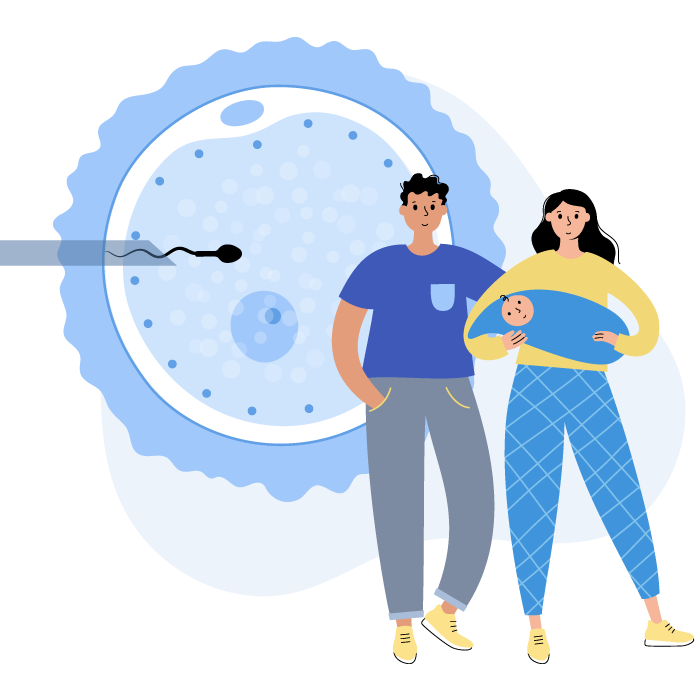
What is Blastocyst Culture
Blastocyst Culture is a technique used in IVF (in vitro fertilization) where embryos are allowed to develop for an extended period in the lab, reaching the blastocyst stage. A blastocyst is a more mature stage of embryo development compared to a cleavage-stage embryo, potentially offering advantages for implantation success.
Blastocyst Hatching vs. Non-Hatching Embryos
During implantation, the blastocyst hatches from its outer shell (zona pellucida) to attach to the uterine lining. Assisted hatching techniques, like laser-assisted hatching, can be used to create a small opening in the zona pellucida to potentially aid implantation.
- Blastocyst Hatching: May be considered for embryos with a thicker zona pellucida that might hinder implantation.
- Non-Hatching Embryos: For embryos with a thinner zona pellucida, natural hatching might be sufficient.
The decision on assisted hatching is typically made by the embryologist based on the specific characteristics of each embryo.


Blastocyst Culture Cost (2024)
The cost of blastocyst culture, a procedure in which embryos are grown in the lab for five to six days until they reach the blastocyst stage, varies widely depending on several factors including clinic fees, doctor’s fees, and laboratory fees. In Delhi, as of 2024, opting for blastocyst culture typically adds an additional ₹20,000 to ₹40,000 to the base cost of in vitro fertilization (IVF).
This advanced culture technique can enhance the chances of successful implantation and pregnancy by allowing for better selection of viable embryos. However, the total expense can fluctuate based on the specific fertility clinic, the expertise of the medical team, and the technology employed in the laboratory.
For a precise and personalized estimate, it is advisable to consult directly with your chosen clinic. They can provide a detailed breakdown of costs and help you understand how blastocyst culture can fit into your overall fertility treatment plan.
Blastocyst vs. Cleavage Stage Embryo Transfer
Traditionally, embryo transfer in IVF happened at the cleavage stage (3-5 days after egg retrieval). Blastocyst culture allows for transfer at a later stage (5-6 days).
Blastocyst Transfer: Offers potential advantages like:
- Selection of more developed and potentially stronger embryos.
- Improved synchronization with the natural implantation window in the uterus.
Cleavage Stage Transfer: May be preferred in certain situations like:
- Risk of low embryo quality or development arrest beyond the cleavage stage.
- Limited number of embryos available for transfer.
- Your doctor will recommend the most suitable transfer stage based on your individual circumstances.


Benefits of Blastocyst Culture
Blastocyst culture offers several potential advantages for couples undergoing IVF:
- Improved embryo selection: By allowing embryos to develop to the blastocyst stage, blastocyst culture allows for the selection of embryos that have successfully reached a more advanced stage of development. This can potentially indicate better embryo viability and increase the chances of a successful pregnancy.
- Increased implantation rates: Studies suggest that blastocysts may have a higher chance of successful implantation compared to cleavage-stage embryos. This is because blastocysts are more developed and may be better synchronized with the receptive lining of the uterus.
- Reduced risk of multiple pregnancy: Blastocyst culture can also help reduce the risk of multiple pregnancy. Since blastocysts are more developed and have a higher chance of implantation, fewer embryos may be needed for transfer. This lowers the risk of transferring multiple embryos, which can lead to twins, triplets, or higher-order multiples.
FAQs
2. Is blastocyst culture right for everyone undergoing IVF?
Not necessarily. Blastocyst culture may not be suitable for everyone. Here's why:
- Embryo development: Not all embryos develop well enough to reach the blastocyst stage.
- Number of embryos: If there are few embryos, reaching blastocyst stage might not be feasible.
- Risk of arrest: Some embryos might stop developing before reaching blastocyst.
Your doctor will assess your situation and advise if blastocyst culture is the best option.
3. Can I get pregnant with a day 3 embryo transfer?
Yes, pregnancy is possible with a day 3 (cleavage-stage) embryo transfer. However, blastocyst transfer may offer potential advantages like improved selection and implantation rates.
4. Who is a good candidate for blastocyst culture?
Blastocyst culture might be beneficial for individuals with:
- Good quality embryos
- No risk of low embryo development beyond cleavage stage
- Favorable number of embryos for transfer
5. Is blastocyst culture covered by insurance?
Insurance coverage for blastocyst culture varies widely. It might be partially covered under some IVF plans, but not all. It's crucial to check with your specific insurance provider to understand their coverage details.
